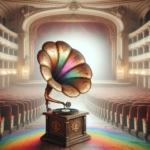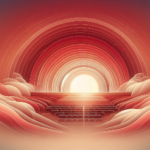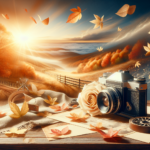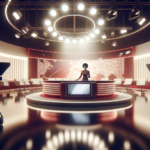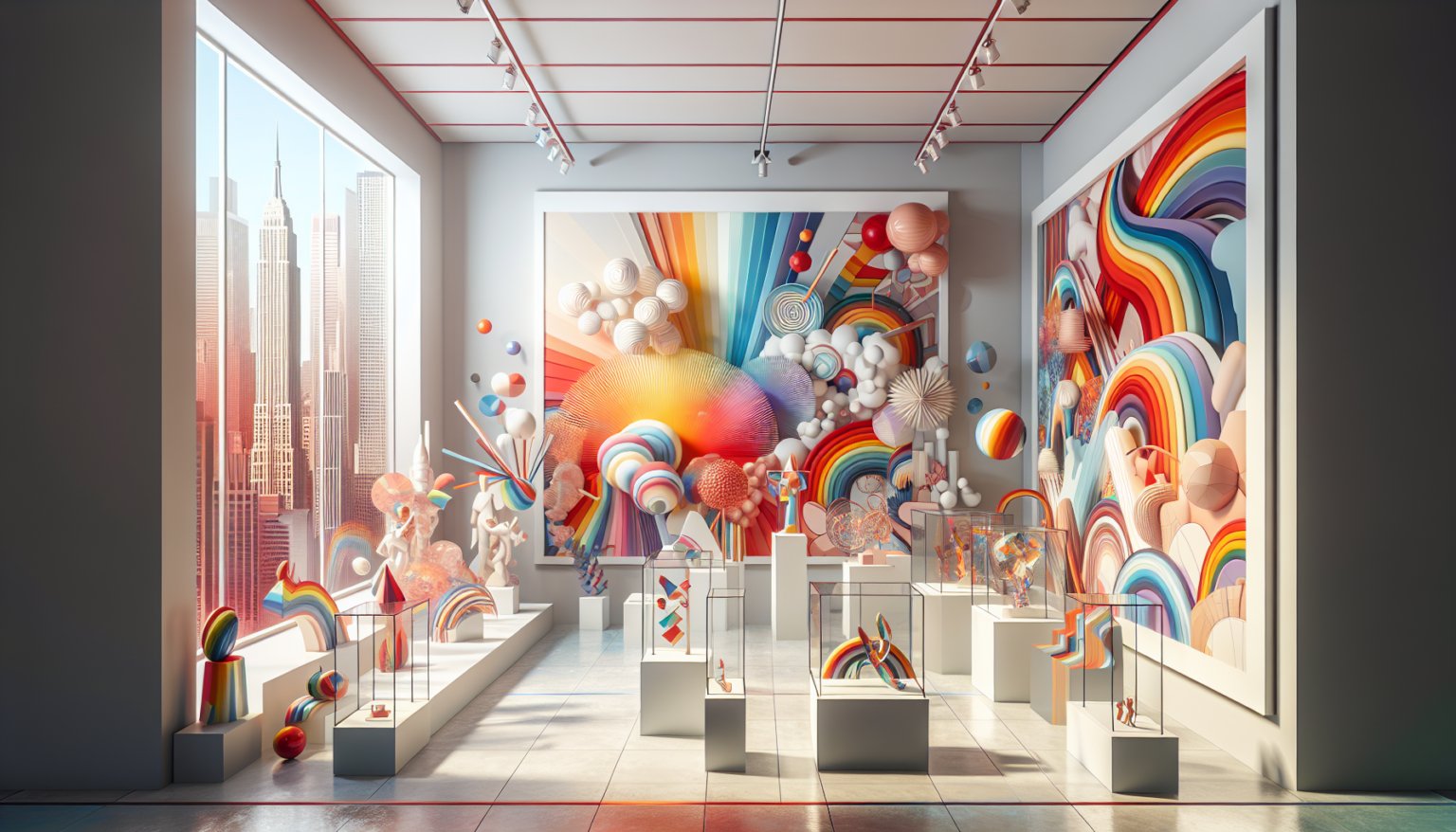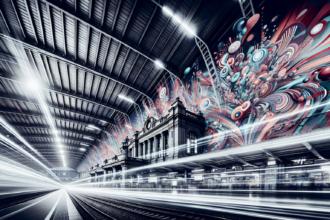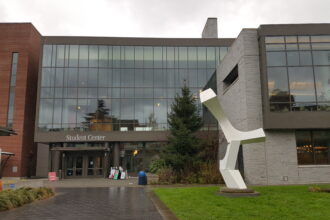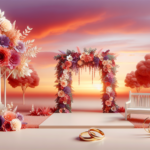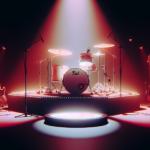The First Homosexuals: The Birth of a New Identity, 1869–1939 is a groundbreaking exhibition currently on display at Wrightwood 659 in Chicago. The show brings together over 300 works from 125 artists across 40 countries. It traces the emergence of queer identity starting from 1869, the year the term “homosexual” first entered public discourse.
Curated by scholar Jonathan D. Katz, the exhibition took eight years to put together. It features pieces on loan from major institutions like the Tate in London and the Metropolitan Museum of Art in New York.
Rarer finds from small private collections in countries like Spain and Sri Lanka are also included. Through provocative works such as drag portraits, two-spirit celebrations, and early same-sex unions, the show dismantles the myth of binary sexuality. It reveals a complex, global history of queerness long before it was policed or categorized.
“Essentially, the nomenclature helped to inaugurate a gulf between forms of desire that had previously been unified,” Katz noted. He observed that while terminology evolved within psychology, art remained a sphere where queer desire was less circumscribed.
Queer history exhibition in Chicago
The exhibition takes 1869 as a watershed moment. It opens with a section called Beyond the Binary, displaying early 19th-century works that make no distinction between same-sex and different-sex desires. Highlights include erotic Japanese prints, sculptor Bertel Thorvaldsen’s relief on the mythical relationship between Anacreon and Cupid, and George Catlin’s “Dance to the Berdash” honoring a Two-Spirit leader.
The show also features sections on Colonialism and Resistance, Portraits, Relationships, and History. Iconic queer artists like Gertrude Stein, Oscar Wilde, Romaine Brooks, and Tamara de Lempicka are showcased. Katz faced challenges bringing the global artworks together, including resistance from some countries and safety concerns from a Columbian collector.
The exhibition’s final chapter revisits the Nazi destruction of Dr. Magnus Hirschfeld’s Institute for Sexual Research. “This show is both a celebration and a warning,” Katz says.
“What happened once can happen again.”
For those unable to visit, a 400-page companion book is available for pre-order. The exhibition serves as a powerful reminder of the progress made in the fight for queer equality and the challenges that still lie ahead.



